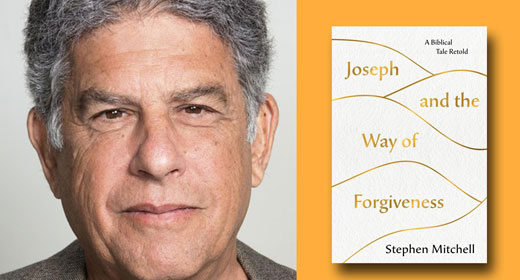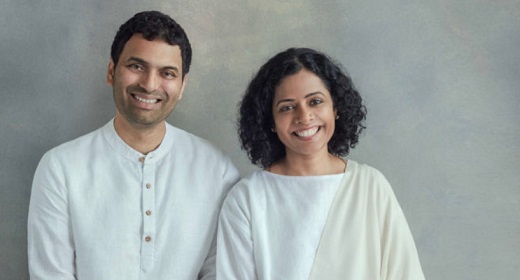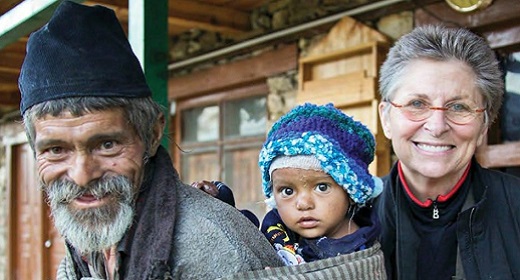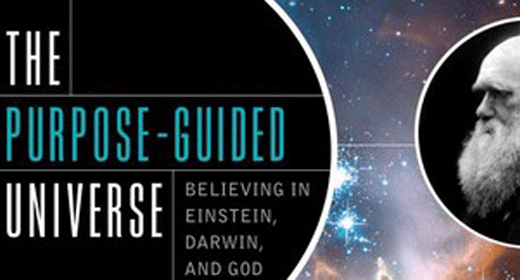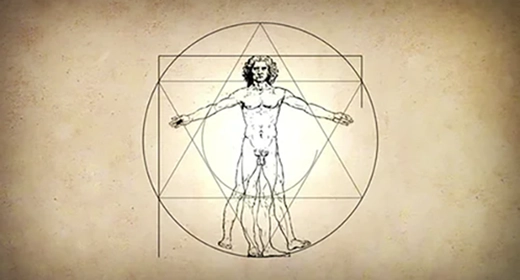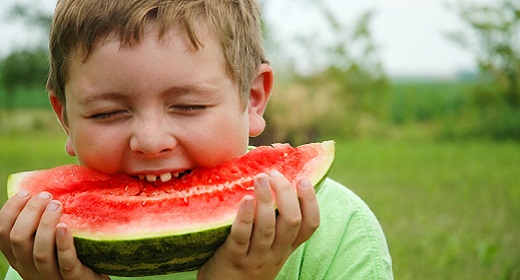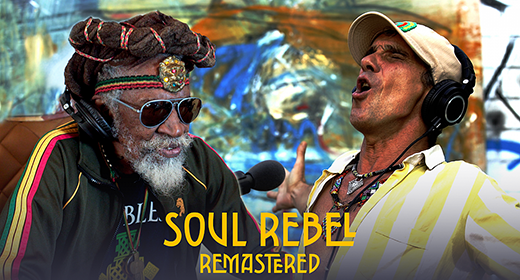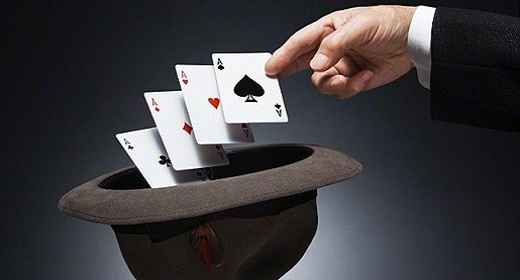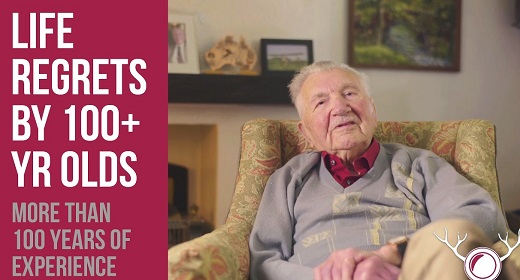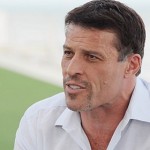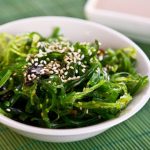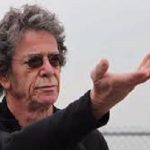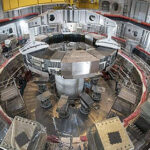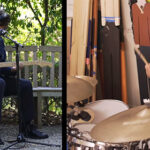by Dr. Bohdanna Zazulak: Martial arts cultivate deep understanding of one’s true core.
Jujitsu, Tai Chi, Karate, Tae Kwon Do, and Silat comprise the better known of the hundreds of known practices which improve balance, cognitive function and postural control. The World Martial Arts Union regonizes over 200 distinct styles, but estimates the total may be several hundred more. Meditative movements of these ancient practices were originally developed for inner peace, awareness, control, discipline, and self-defense. Core energy is “marshalled” to leverage disparities as the great equalizer of size. Utilizing physics may potentially deflect hundreds of pounds with ounces of force and provide confidence to accomplish things beyond your imagination. The emphasis on speed and agility is a defining characteristic of martial arts, as kinetic energy of a strike increases exponentially with speed yet increases only linearly with the mass of the striking object. In other words, speed is more important than size in terms of generating power.
“The essence of martial arts
is not the art itself,
But what’s hidden deep within yourself.”
—Gogen Yamaguchi
The common skill of all experienced martial artists is the ability to generate core energy as the powerhouse for all movement. To understand the phenomenon of core power generation, it is helpful to analyze the proportions of the human body, as great thinkers have done for centuries. Over two millennia ago, “The Man in the Circle and Square,” described and illustrated by Vitruvius (best known from Leonardo da Vinci’s famous drawing), placed a human body directly in the center of a circle and a square. Vitruvius recognized that the navel is naturally the exact center of the body.

Da Vinci acknowledged these symmetrical, complementary proportions of the core/ human body in his meticulous studies and famous drawing, “Vitruvian Man.” He drew upper body and lower body triangles that met at the center of the body and recognized this as the reservoir of energy production and transfer throughout the body. Our biomechanical studies now support the work of this Renaissance man. In martial arts, the larger muscles of the lower body (Da Vinci’s lower triangle) generate power, and the center transfers the power to the upper body (the upper triangle), while providing stability and rooting. Newton’s third law of motion states that “every action has an equal and opposite reaction.” Following this principle, when the lower limbs push against the ground, the ground pushes against the lower limbs. Proper rooting in the ground maximizes the potential of your body to transfer power from your limbs through your core.
Successful grounding is dependent upon core bracing. With core bracing, all the muscles of your trunk contract to stabilize your core circumferentially as if to protect you from a punch to the abdomen. Core bracing quickly generates intra-abdominal pressure, which decreases perturbation of the trunk to a sudden load. This principle is important in injury prevention, especially when your trunk is exposed to unexpected, heavy loads. Intra-abdominal pressure is also important for core muscle force development. Without core bracing, the transfer of power from, and through, the core is diminished. Poor core muscle firing patterns send a red flag to your nervous system to decrease the force produced through an unstable core. To maximize power production, “martial” energy through a stable core using principles from these ancient disciplines for empowerment, fortitude, and resilience!


